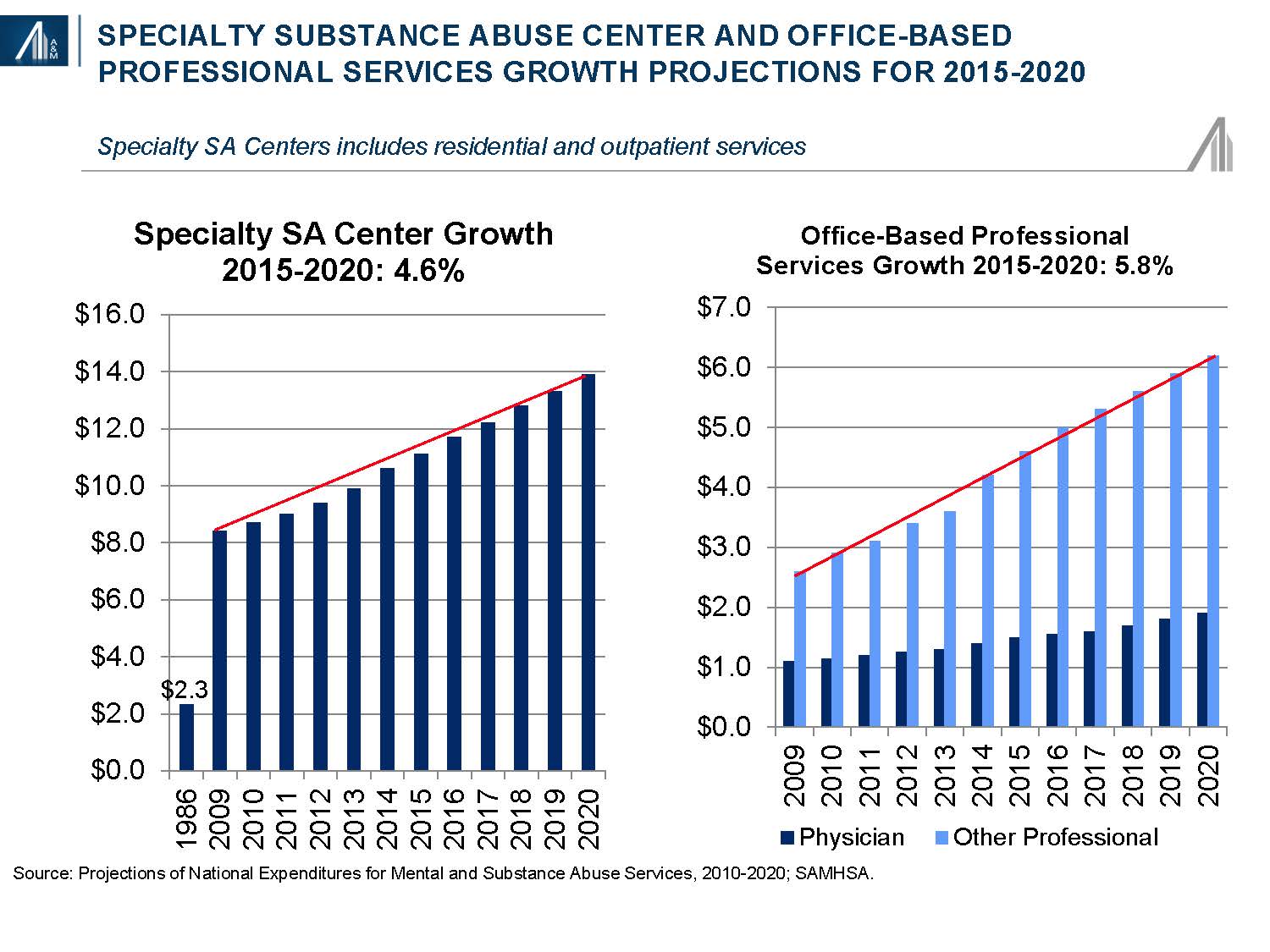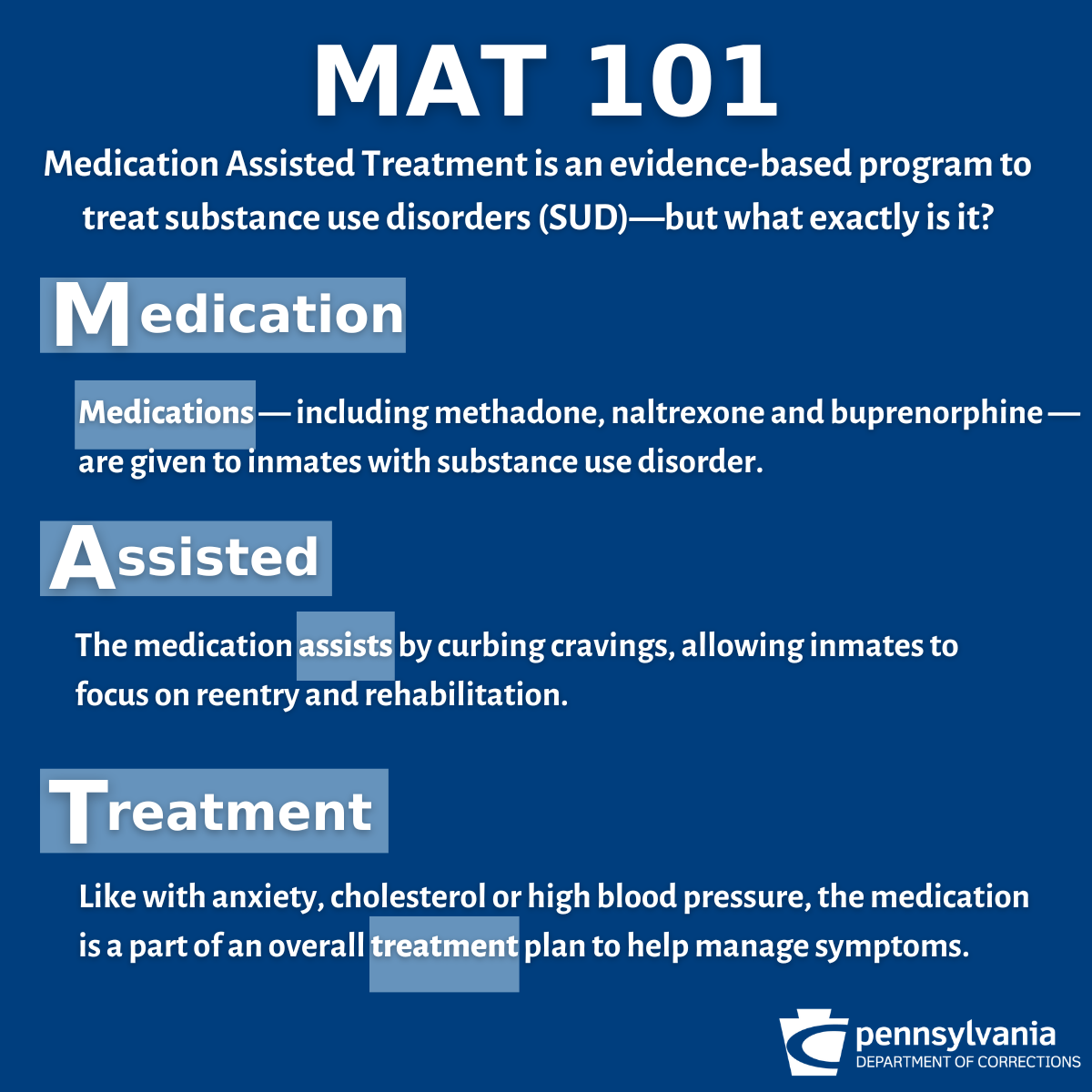The Ultimate Guide To Why Work In The Field Of Addiction Treatment
"A research study of 3 types of group psychiatric therapy with hospitalized male inebriates". 18 (2 ): 26377. PMID 13441877. Cartwright AK (December 1981). "Are different therapeutic viewpoints important in the treatment of alcoholism?". 76 (4 ): 34761. doi:10.1111/ j. 1360-0443.1981. tb03232.x. PMID 6947809. Department of Behavioral Health Solutions, ADHS/DBHS Finest Practice Advisory Committee. "Customer Directed, Outcome-Informed Practice (CDOI)".
"A psychoanalytical theory of 'drug dependency': unconscious fantasies of homosexuality, obsessions and masturbation within the context of teratogenic procedures". Int J Psychoanal. 76 (Pt 6): 112142. PMID 8789164. Marlatt, G. Alan (1985 ). "Cognitive aspects in the regression process". In Gordon, Judith R.; Marlatt, G. Alan (eds.). New York: Guilford Press.
Glavin, Chris (6 February 2014). "Cognitive Designs of Addiction Recovery K12 Academics". www.k12academics.com. Recovered 1 October 2018. Beck, Aaron T.; Wright, Fred D.; Newman, Cory F.; Liese, Bruce S. (16 January 2001). "Ch 11: Focus on Beliefs". Cognitive Treatment of Compound Abuse. Guilford Press. pp. 16986 - what is evidence based treatment for addiction. ISBN 978-1-57230-659-2. Mendelson JH, Sholar MB, Goletiani N, Siegel AJ, Mello NK (September 2005).
Neuropsychopharmacology. 30 (9 ): 175163. doi:10.1038/ sj.npp. 1300753. PMC. PMID 15870834. Carmody TP, Vieten C, Astin JA (December 2007). "Unfavorable affect, emotional approval, and cigarette smoking cessation". J Psychedelic Drugs. 39 (4 ): 499508. doi:10.1080/ 02791072.2007.10399889. PMID 18303707. Ruiz, F. J. (2010 ). "An evaluation of Approval and Dedication Therapy (ACT) empirical proof: Correlational, experimental psychopathology, part and result research studies".
10 (1 ): 12562. Hayes, Steven. "State of the ACT Evidence". ContextualPsychology.org. Black DS (April 2014). "Mindfulness-based interventions: an antidote to suffering in the context of substance usage, misuse, and dependency". Subst Usage Abuse. 49 (5 ): 48791. doi:10.3109/ 10826084.2014.860749. PMID 24611846. Chiesa A (April 2014). "Are mindfulness-based interventions efficient for substance Alcohol Abuse Treatment usage conditions? A systematic review of the proof".
49 (5 ): 492512. doi:10.3109/ 10826084.2013.770027. PMID 23461667. Garland EL (January 2014). "Mindfulness training targets neurocognitive mechanisms of addiction at the attention-appraisal-emotion interface". Front Psychiatry. 4 (173 ): 173. doi:10.3389/ fpsyt. 2013.00173. PMC. PMID 24454293. "Fatal overdoses, scams pester Florida's flourishing drug treatment market". NBC News. Recovered 1 November 2017. Sforza, Teri; et al.
"How some Southern California drug rehabilitation centers make use of addiction". ocregister.com. Ancyc, Tyra; et al. (10 March 2020). "Rehab in Thailand". thairehabhelper.com. Karasaki, et al. (2013 ). The Location of Volition in Dependency: Differing Approaches and their Implications for Policy and Service Provision. Kinsella, M. (2017 ). "Fostering customer autonomy in dependency rehabilitative practice: The role of therapeutic 'presence'." Journal of Theoretical and Philosophical Psychology, 37( 2 ), 91108.

Which Of The Following Is Not True About The Treatment For Opioid Addiction Fundamentals Explained
Tabulation Drug abuse treatment prepares not only help addicts detoxify in a safe environment but also help them through all phases of the healing procedure. In 2015, the Compound Abuse and Mental Health Services Administration (SAMHSA) approximated that nearly 22 million individuals at least 12 years of age needed substance abuse treatment. No single definition of treatment exists, and no standard terminology explains various dimensions and components of treatment. Describing a center as providing inpatient care or ambulatory services identifies just one element (albeit an important one): the setting. Moreover, the specialized compound abuse treatment system differs around the nation, with each State or city having its own peculiarities and specializeds. how could the family genogram be applied to the treatment of a family with addiction issues.
California also uses a variety of community-based social design public sector programs that stress a 12-Step, self-help technique as a structure for life-long healing (what addiction are treatment with suboxone). In this chapter, the term treatment will be restricted to describing the formal programs that serve patients with more severe alcohol and other drug issues who do not respond to short interventions or other office-based management methods.
In a lot of communities, a public or personal company frequently assembles a directory site https://b3.zcubes.com/v.aspx?mid=5290388&title=about-what-is-the-most-effect-treatment-for-drug-and-alcohol-addiction of substance abuse treatment centers that provides useful details about program services (e.g., type, place, hours, and availability to public transport), eligibility criteria, expense, and staff enhance and certifications, including language efficiency. This directory site might be produced by the regional health department, a council on alcohol addiction and drug abuse, a social services organization, or volunteers in recovery.
Another resource is the National Council on Alcohol and Substance Abuse, which supplies both evaluation or recommendation for a sliding scale charge and distributes complimentary info on treatment facilities nationally. Likewise, the Substance Abuse and Mental Health Providers Administration disperses a National Directory site of Drug Abuse and Alcoholism Treatment and Avoidance Programs (1-800-729-6686). Understanding the resources and a contact individual within each will help with access to the system.
Resources likewise ought to consist of self-help groups in the area. While each individual in treatment will have particular long- and short-term goals, all specialized substance abuse treatment programs have actually three comparable generalized goals (Schuckit, 1994; Reducing drug abuse or attaining a substance-free lifeMaximizing several aspects of life functioningPreventing or lowering the frequency and seriousness of relapse For a lot of clients, the primary goal of treatment is attainment and upkeep of abstinence (with the exception of methadone-maintained clients), however this might take many attempts and failures at "regulated" use before adequate motivation is mobilized.

Becoming alcohol- or drug-free, nevertheless, is only a start. Most patients in compound abuse treatment have multiple and complicated problems in numerous aspects of living, including medical and psychological health problems, interrupted relationships, underdeveloped or degraded social and professional skills, impaired efficiency at work or in school, and legal or monetary difficulties.
Substantial efforts should be made by treatment programs to assist patients in ameliorating these problems so that they can assume appropriate and responsible roles in society. This involves optimizing physical health, dealing with independent psychiatric disorders, improving psychological performance, resolving marital or other household and relationship concerns, solving monetary and legal issues, and improving or developing required instructional and trade abilities.
The Definitive Guide for What’s The Difference Between Iop And Outpatient Addiction Treatment?
Increasingly, treatment programs are likewise preparing clients for the possibility of regression and helping them comprehend and prevent unsafe "triggers" of resumed drinking or drug use. Patients are taught how to acknowledge cues, how to handle yearning, how to develop contingency plans for handling stressful circumstances, and what to do if there is a "slip." Relapse prevention is particularly essential as a treatment goal in an era of shortened official, intensive intervention and more emphasis on aftercare following discharge.
All the long-term research studies find that "treatment works"-- the majority of substance-dependent clients eventually stop compulsive use and have less regular and extreme relapse episodes ( American Psychiatric Association, 1995; Landry, 1996). The most positive impacts normally take place while the patient is actively participating in treatment, however prolonged abstinence following treatment is an excellent predictor of continuing success.
Continuing participation in aftercare or self-help groups following treatment also seems associated with success ( American Psychiatric Association, 1995). An increasing variety of randomized clinical trials and other result studies have actually been carried out over the last few years to take a look at the effectiveness of alcohol and numerous kinds of substance abuse treatment.
Nevertheless, a couple of summary statements from an Institute of Medicine report on alcohol studies are relevant: No single treatment approach is effective for all individuals with alcohol problems, and there is no general advantage for property or inpatient treatment over outpatient care. Treatment of other life problems associated with drinking enhances outcomes.
Patients who considerably decrease alcohol intake or end up being absolutely abstinent usually enhance their performance in other areas ( Institute of Medication, 1990). A recent comparison of treatment compliance and regression rates for patients in treatment for opiate, cocaine, and nicotine dependence with results for three typical and chronic medical conditions (i.e., hypertension, asthma, and diabetes) discovered similar action rates across the addictive and persistent medical disorders ( National Institute on Substance Abuse, 1996). All of these conditions need behavioral change and medication compliance for effective treatment.
Essential differences in language persist between public and economic sector programs and, to a lesser extent, in treatment efforts originally established and targeted to persons with alcohol- instead of illegal drug-related issues. Programs are significantly trying to satisfy individual requirements and to customize the program to the patients instead of having a single standard format with a repaired length of stay or series of specified services.
These services can be provided for differing lengths of time and delivered at varying strengths. Another important measurement is treatment phase, due to the fact that various resources might be targeted at different stages along a continuum of healing. Programs likewise have actually been developed to serve unique populations-- by age, gender, racial and ethnic orientation, drug of option, and functional level or medical condition.
How Sextual Addiction Treatment Fails When Working With Gay And Bisectual People Fundamentals Explained
Historically, treatment programs were established to show the philosophical orientations of creators and their beliefs regarding the etiology of alcohol addiction and substance abuse. Although a lot of programs now incorporate the following 3 techniques, a quick evaluation of earlier differences will assist main care clinicians understand what precursors might endure or dominate among programs.
A mental design, focusing on an individual's maladaptive motivational learning or emotional dysfunction as the primary cause of substance abuse. This method includes psychotherapy or behavioral Drug Detox treatment directed by a mental health professional. A sociocultural model, worrying shortages in the social and cultural milieu or socialization procedure that can be ameliorated by changing the physical and social environment, particularly through involvement in self-help fellowships or spiritual activities and supportive social media networks.
These 3 models have been woven into a biopsychosocial approach in a lot of modern programs. The four major treatment methods now prevalent in public and personal programs are The Minnesota design of domestic chemical reliance treatment includes a biopsychosocial illness model of addiction that concentrates on abstinence as the primary treatment objective and utilizes the AA 12-Step program as a significant tool for recovery and relapse avoidance.
